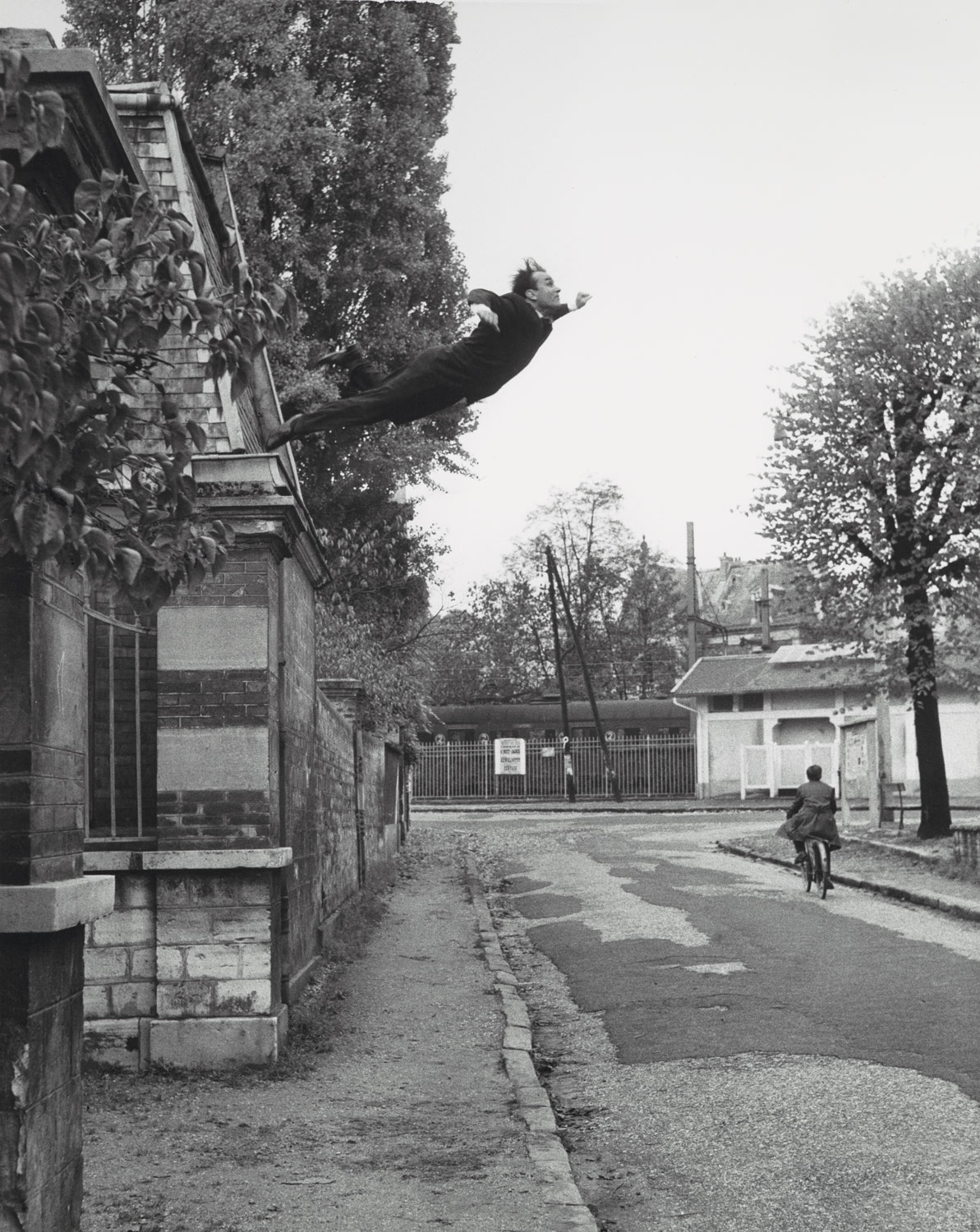As discussed in my last post I am interested in creating that sense of emptiness and feeling of existential crisis therefore my images will be a homage to Klauke using the chair and an empty space, myself as subject and a box. The box is important, Pandora was the first woman on earth created by the Gods according to Greek myth. She was created as a punishment to mankind and was given a box that she was told never to open. Her curiosity got the better of her and she opens the box and all the illness, strife and horror is released upon mankind, however what remained in the box was hope. (greekmythsandgreekmythology.com 2018). The box in my own pictures is perhaps a feeling of
Weltschmerz (this translates from German as world-pain/world-weariness) and this in turn is personal despair within the world.
I began by setting up my chair in my flat against an empty wall and a tripod directly opposite. I used my Olympus E3 with wide lens (this was due to space constrictions as I did not have the distance for the telephoto lens). I set the aperture to 4.5 to start with, the ISO to 400 as I was indoors and although there was natural light it was slightly dark. I shot the images in both RAW and jpeg so that I could edit the set, I also shot in black and white but as I also shot in RAW this meant that I had a colour version of each image as I wanted to have the choice of colour or black and white in the final piece. I shot 80 images so that I had a good selection of choices for each part of the sequence.
I then uploaded these images from my camera onto my desktop and created contact sheets on Photoshop (File-Automate-contact sheet). Here are the contact sheets of the shoot.
I was fairly happy with the images technically in terms of composition and light, so then I had to decide how I would like these would be placed together give the affect and message that I wanted to get across. I wanted to include one with no subject, three with the box and two others. I made the choices and then worked on putting these together in a simple sequence. My next post will show the result of these choices.









